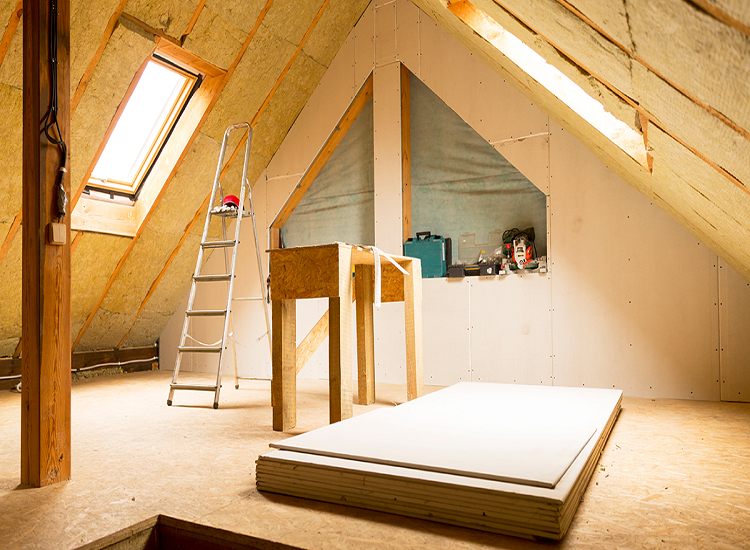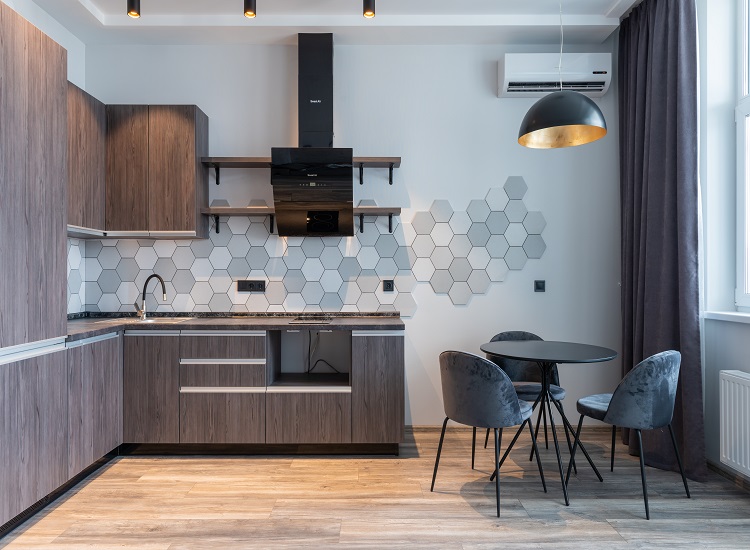In a well-insulated house, the least heat is lost and you keep it nice and cool in the summer. Your home feels more comfortable, you waste less energy and you help the climate. After all, you don’t have to burn as hard. These tips will help you on your way if you want to insulate your home (better).
Tip 1: Insulate the roof
If you are handy, you can easily insulate a pitched roof with roof tiles yourself on the inside. It is better to leave the insulation of a flat roof or dormer to a professional because there is a greater chance of moisture in your roof and rotting wood or mold. Familiarize yourself with the different types of roof insulation when you get started. And pay particular attention to the most important thing: the insulation value of the material you use. Good insulation has a value (Rc) of at least 4.
Tip 2: Insulate the cavity, inner and outer walls
Many houses built before 1920 do not have a cavity wall. Then no cavity wall insulation is possible. But there are also other ways to insulate your exterior walls. For example, you can insulate your home with a front wall with insulation material that you attach to the wall inside. Or you can insulate on the outside. You do this by applying insulation material to the walls outside, which you then have finished with, for example, brick slips or wood.
Tip 3: Also insulate the floor or bottom
You can insulate your floor in different ways. For example, by replacing your floor with an insulated variant or installing insulation on top of the existing floor. Does your house have a crawl space? Then applying floor insulation to the underside of the floor is easier and less expensive, especially if you have two right hands. In addition, it ensures the warmest feet. Soil insulation on the floor of the crawl space also insulates, but less well than floor insulation.
Tip 4: Insulate your windows with window coverings
If replacing the glass is not just possible, for example, because you live in a rented house, insulating curtains may be a solution to minimize heat loss. Some window coverings insulate better than others. Double pleated blinds with a special aluminum coating are the best choice if you want to save as much as possible on your energy costs.
Tip 5: Prevent doors, frames, seams, and cracks from letting heat through
You live more comfortably in a house where little cold air flows in and warm air flows out. When replacing window frames or exterior doors, it is important to pay attention to the U-value. This expresses how much heat is let through per m2 and per degree of the temperature difference between one side and the other of a door or window. The lower the U value, the better the insulation.
Common places for seams and cracks are points where windows and doors can open, between the window frames and the wall, at holes in the wall or floor through which pipes run, between plasterboards, at the letterbox, in the meter cupboard, at pipes behind and below kitchen cabinets and around the crawl hatch. You can close these with draft strips or sealant.
Subsidy for insulating your home
You can get a subsidy for the insulation of your house – under certain conditions. For this, you have to insulate two parts of your house within a year: the roof, the outside walls, the floor, or the windows. You may also combine one insulation measure with a heat pump, solar boiler, or connection to a heat network.
Keep in mind: if you insulate well, you also have to ventilate well. That is important for your health. Therefore, make good use of the ventilation facilities in your home. And if they are not there yet, you can have ventilation grilles installed in your (new) windows or frames.




